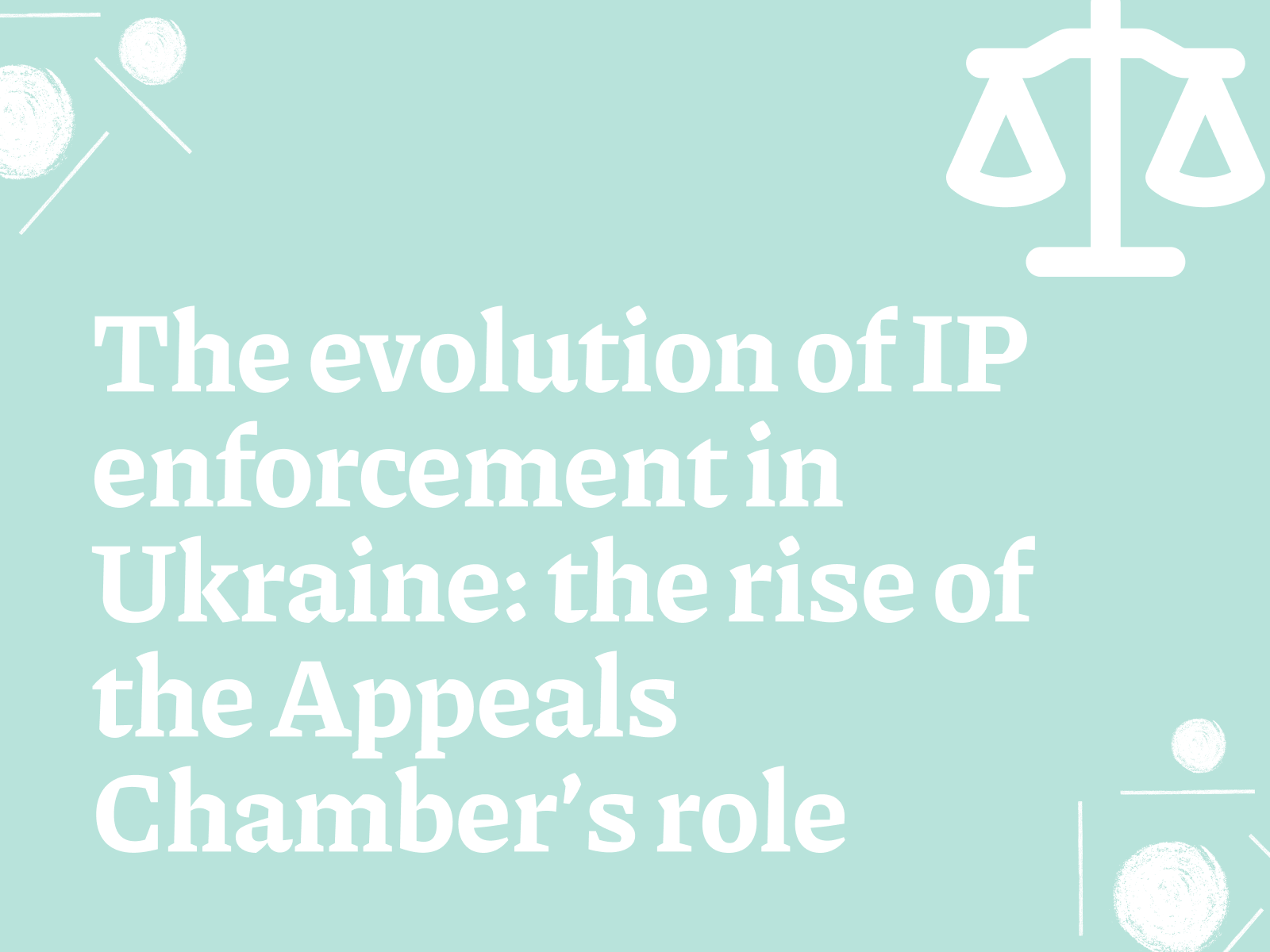Introduction
You’ve probably seen it happen many times, when a well-known company suddenly decides it’s time for a change and completely revamps its image. Today, we’re going to figure out what motivates companies to change their beloved names and logos, and how to do it right so as not to lose consumer favor.
What is rebranding?
Rebranding is directly related to intellectual property law and involves a set of measures to change brand elements such as the logo, name, slogans, etc. Such a marketing strategy is used by companies to update their image, adapt to changes in the target audience or market conditions, improve brand perception, solve problems associated with the previous image, or simply to update the look.
What motivates companies to rebrand?
It is not uncommon for a company to have been operating in the market for a long time and realize the need for change, so it undergoes a redesign. Often, the old identity of a company is no longer perceived by consumers as it used to be and gradually loses its relevance. This leads to the need for rebranding. Thus, there may be either a complete change of name or simply supplementing the existing one with additional unique elements.
Another case of a company’s branding being forced to change is when competitors do. For example, there are two companies that are engaged in similar activities and have a similar name or logo. It’s only a matter of time before one company demands that the other stops using a similar identity and parasitizing on its own reputation. Here, the fact and date of trademark registration and the priority of introducing such a name into civil circulation will be important. But one way or another, one of the competitors will have to give in.
We are sure that you have repeatedly encountered the Miniso chain of stores, and at some point, the emergence of Usupso stores. In fact, these are not related companies or brands, but rather competing ones. Thus, Miniso is suing the Usupso brand and is demanding that the latter’s trademark registrations be canceled and that the use of similar branding be stopped. The court case is still ongoing. However, the Usupso chain has already begun to conduct a “forced” rebranding and launch a new name – O!Some. The owners estimate the cost of rebranding each store at 250 thousand hryvnias.
Currently, companies in Ukraine are also actively rebranding to minimize their reputational losses. The main goal of changing the image of such companies is to stop being associated with a brand that has received negative publicity, as well as to regain the lost consumer trust.
However, rebranding may not be “forced” but may be deliberately carried out by a company to update its identity, attract new consumers, and demonstrate brand values.
Everyone has probably watched the long process of buying the former Twitter company by Elon Musk. But more than the process of concluding such a deal, ordinary users were surprised, and sometimes even outraged, by the decision to change the logo and name of the Twitter social network to “X”. Apparently, this step was taken to create associations of the new company with a number of other businesses and products of Elon Musk. Nevertheless, such a decision can hardly be called a balanced one from the point of view of intellectual property rights. While at the time of the purchase, Twitter was highly recognized and popular among users, and had a number of registered trademarks in different countries, the situation with X was more complicated. Not only was the new branding negatively perceived by users, but there were a lot of trademarks in the world based on the letter “X”, which makes it almost impossible to register such a name and further protect the brand.
What should you pay attention to when rebranding?
So, after we have delved into the issue of rebranding, as well as familiarized ourselves with real-life examples of successful and not-so-successful changes in corporate identity, it’s time to move on to practical advice. So what should you consider when rebranding?
First of all, you need to find out why you want to rebrand, whether it is really necessary and how much it will cost, as well as analyze your consumer base, their needs and vision of your brand.
No less important than marketing strategies is the issue of intellectual property. The launch of your updated brand should be preceded by an analysis of existing brands on the market. When you have chosen a tentative name or logo, you need to check whether such a trademark has been registered by others for your type of business. If so, you need to start over. If not, then you need to submit such a name or logo for registration to protect your identity for the future. We would like to emphasize that trademark registration takes time, so it is worth starting with this.
An important component of successful rebranding is the creation of a high-quality IP portfolio, which means that you have to take care of all intellectual property rights. In particular, you can register as a trademark not only the updated brand name but also various variations of new logos or slogans. Copyright can be used to protect the look of your advertising materials or website.
Сonclusion
So, regardless of the root causes of your rebranding, the main thing is to do it carefully and correctly, and such a step will not only attract a new audience of consumers but also give your business a second wind.








